Experts warn that one regional spark could ignite a chain reaction across nuclear-armed nations.

Modern regional conflicts—from the Ukraine-Russia war to tensions in the Taiwan Strait—aren’t isolated: experts warn missteps, miscalculations or escalatory reactions could drag in global powers. With nuclear states involved and crises across the Middle East and East Asia, the risk that a localized fight becomes all-out war is climbing. This gallery walks you through the flashpoints, the decision points, and how close we really are to a global conflagration. All based on current reporting and analysis.
1. A European Flashpoint That Could Ignite the World
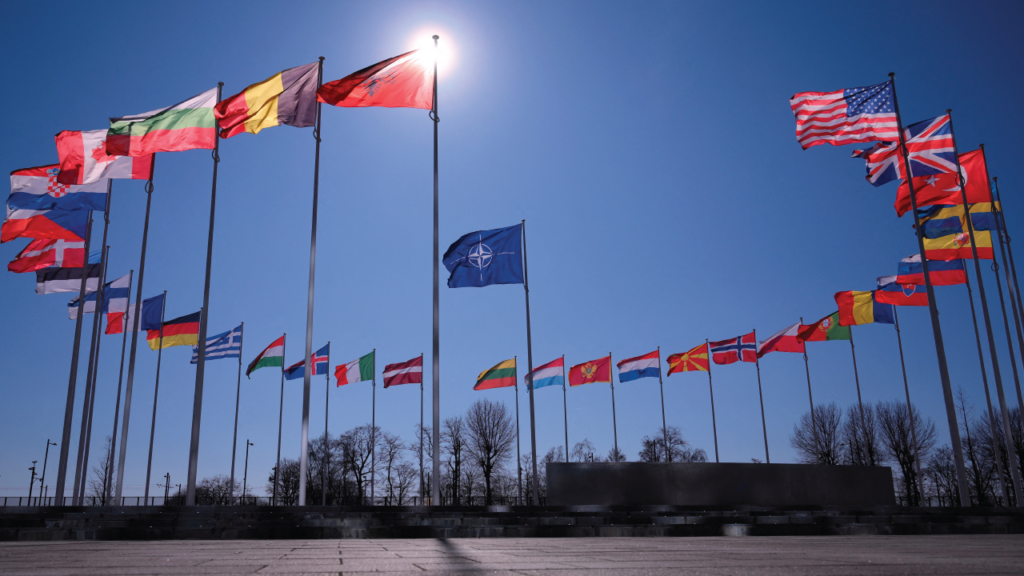
Russia’s ongoing war in Ukraine remains the most immediate trigger point for a wider global conflict. If NATO nations deepen their involvement through long-range strikes or expanded military aid, Moscow could interpret those actions as direct aggression. That kind of miscalculation has historically been the first step toward uncontrollable escalation.
Any open clash between NATO and Russia—two nuclear-armed powers—could collapse decades of deterrence policy. Analysts warn that it might only take one mistaken strike or failed negotiation to transform a regional standoff into a full-scale global crisis, according to the Atlantic Council.
2. The Taiwan Powder Keg Waiting to Explode
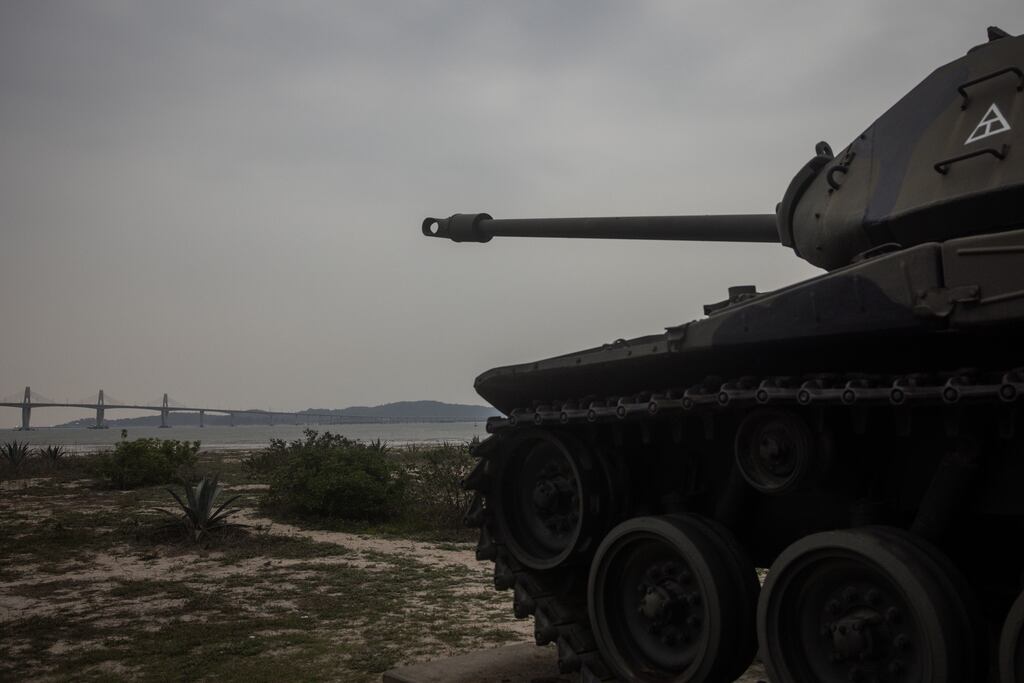
In East Asia, tensions between China and Taiwan have reached levels not seen in decades. Constant military flyovers, naval maneuvers, and cyber intrusions have increased the risk of an unintended encounter. The U.S. and Japan have both indicated they would respond if Taiwan were attacked, raising the stakes for all sides.
If Beijing viewed foreign involvement as a threat to its sovereignty, it could retaliate militarily or economically. A conflict over Taiwan wouldn’t stay local for long—it could disrupt global trade routes and ignite a confrontation among the world’s most powerful militaries, as stated by Boston University.
3. The Middle East Could Be the Next Domino
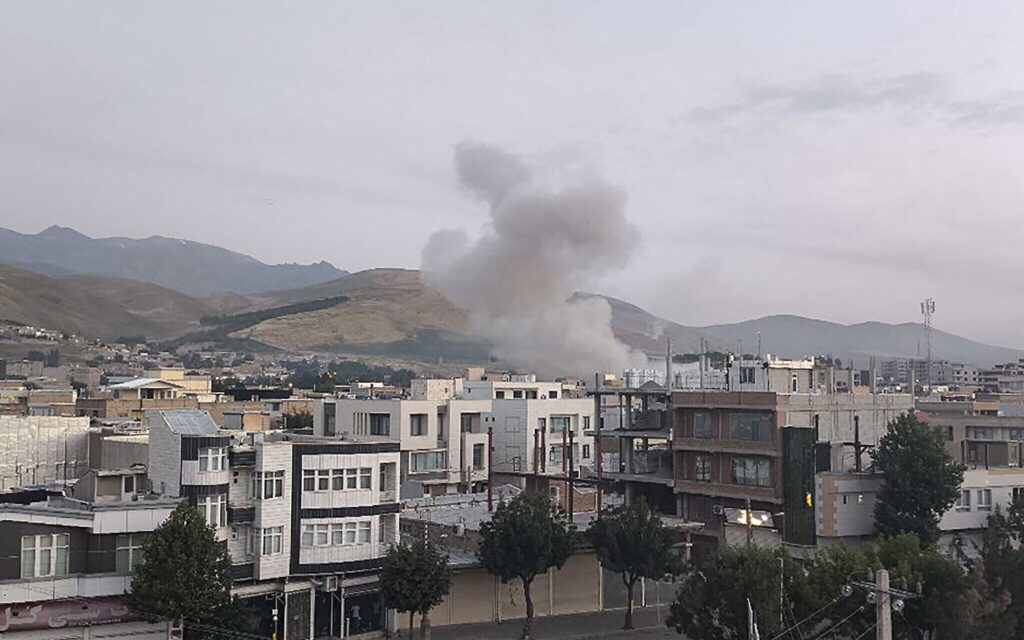
The ongoing shadow war between Iran and Israel is another flashpoint that could quickly spiral out of control. Israeli strikes on Iranian nuclear or military sites could provoke a chain reaction involving Iranian-backed groups across the region. Each attack or retaliation makes miscalculation more likely.
If the conflict expanded to include U.S. or Gulf allies, the region’s dense network of alliances could drag in multiple powers. Given the world’s reliance on Middle Eastern energy routes, even a short conflict could cripple global markets and heighten international instability, NDTV reported.
4. The Nightmare of Nuclear Miscalculation
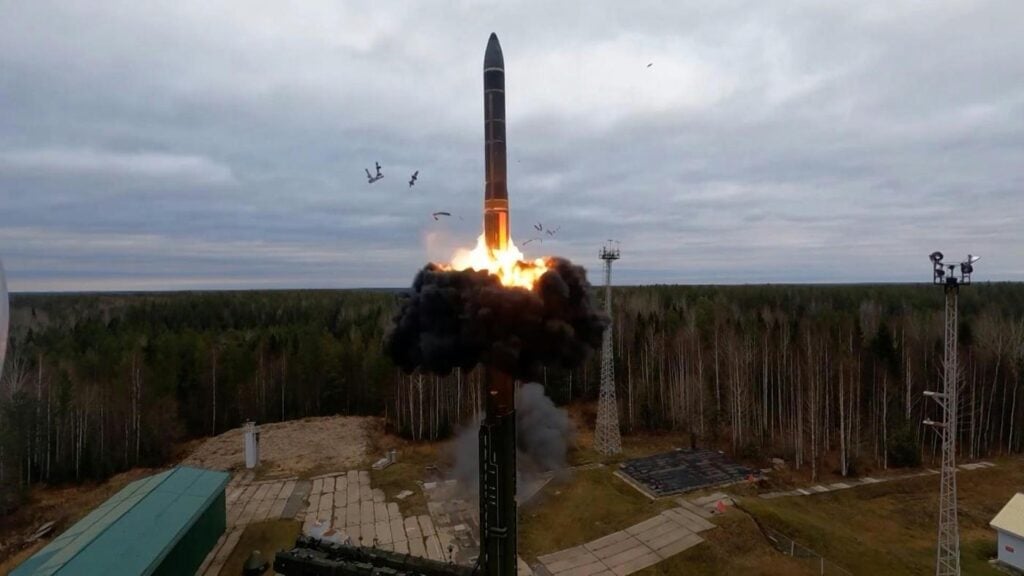
Modern nuclear strategy assumes that “limited” use can be contained—but experts widely disagree. Once any nuclear weapon is used, the likelihood of total escalation becomes dangerously high. Fear, confusion, and political pressure could erase the boundaries between tactical and strategic strikes within minutes.
With several nations keeping nuclear weapons on high alert, even a single false alarm or computer glitch could set off catastrophe. In today’s high-speed command systems, world leaders might have only minutes to decide humanity’s fate.
5. The Hidden Dangers of Cyber Warfare
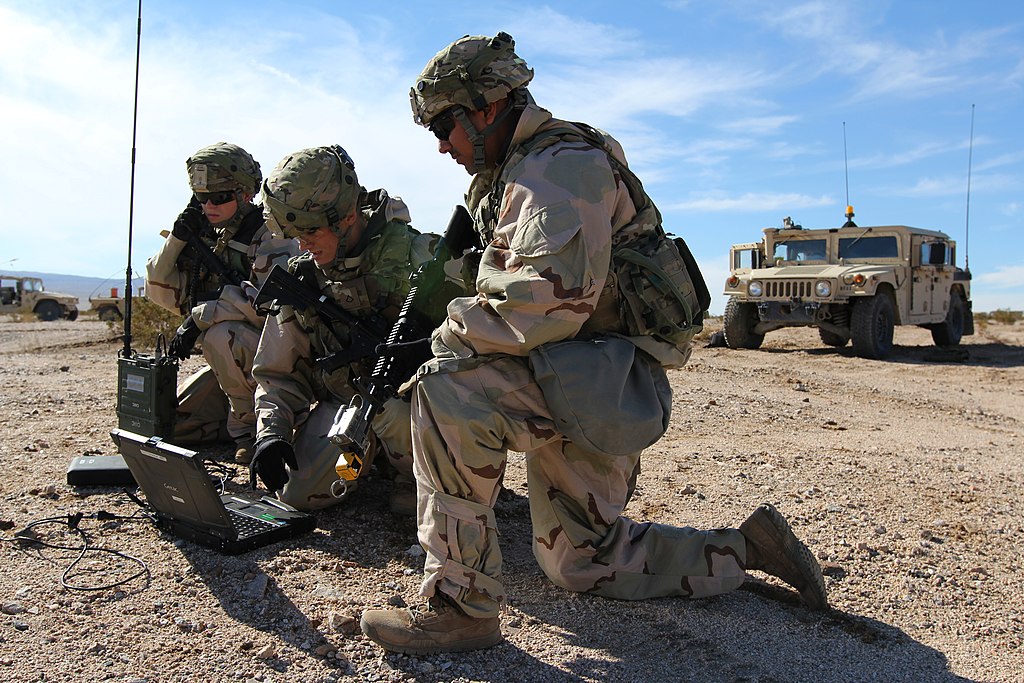
Cyberattacks have become a new front in modern conflict, capable of paralyzing communications, power grids, or financial systems. Because the origin of these attacks is often unclear, nations might retaliate against the wrong actor—an error that could quickly escalate tensions.
A large-scale cyber incident between major powers could be interpreted as an act of war, especially if it disables defense or nuclear command networks. Experts warn that a cyber strike misread as intentional aggression could start a global crisis faster than any missile launch.
6. The Alliance Chain Reaction No One Can Stop
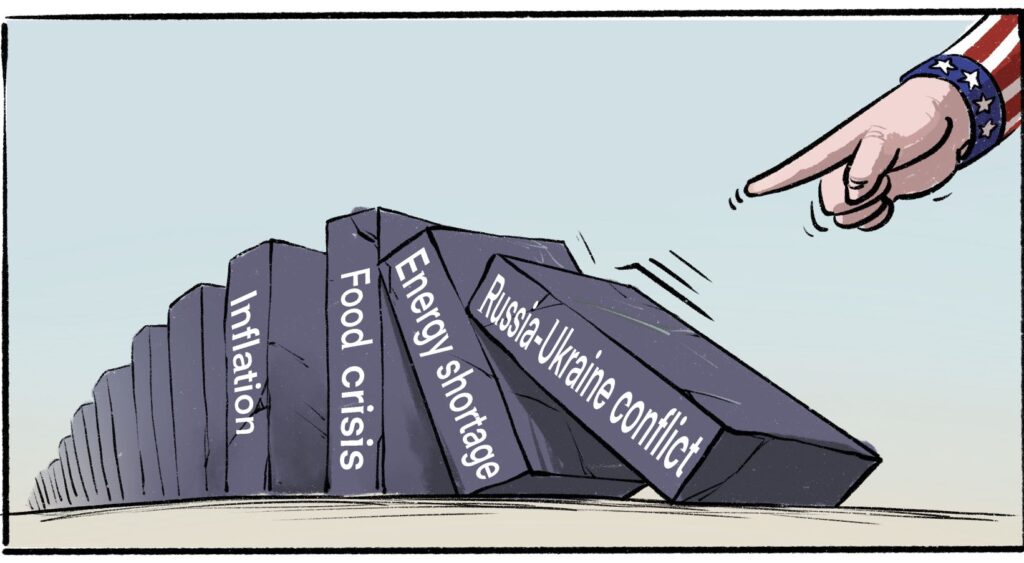
Global defense treaties, meant to preserve peace, could also spread conflict rapidly. If one NATO member or allied nation is attacked, others are obligated to respond, turning isolated wars into multinational confrontations. The same logic applies to U.S. and Asian security partnerships.
This “domino effect” of defense commitments could create a cascade of mobilizations. In the age of instant communication and mutual defense pacts, an attack on a small state could draw half the world into battle within days.
7. The Economic Triggers Behind Global Tension
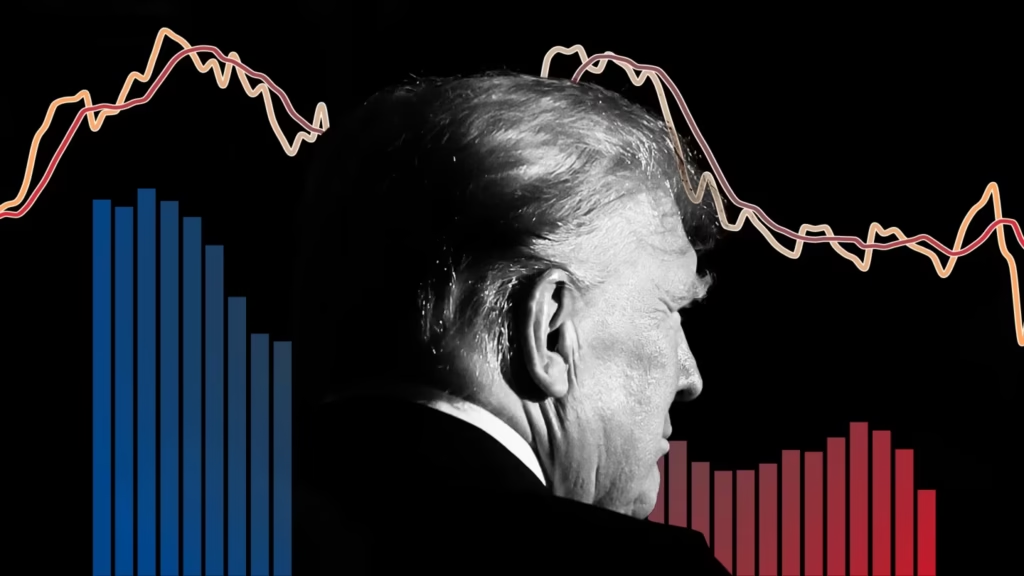
Wars aren’t only fought over ideology—they’re fueled by resources. Energy shortages, trade blockades, and control over rare minerals can push nations into confrontation. Rising global competition over energy corridors and semiconductor production is already inflaming rivalries.
If supply chains collapse or oil routes are disrupted, economies would falter worldwide. History shows that financial panic and scarcity often accelerate military aggression. A sudden shock in one region could ignite desperate actions across the globe.
8. The Role of Misinformation and Panic

In an age of real-time media and AI-driven propaganda, false information can travel faster than truth. A single fake report or manipulated satellite image could convince leaders that an attack has occurred when it hasn’t. The speed of reaction leaves little room for fact-checking.
Once a nation retaliates based on false intelligence, undoing that decision becomes nearly impossible. Digital misinformation doesn’t just distort public perception—it can rewrite the battlefield in real time, making diplomacy almost powerless.
9. The Danger of “Proxy Wars” Expanding
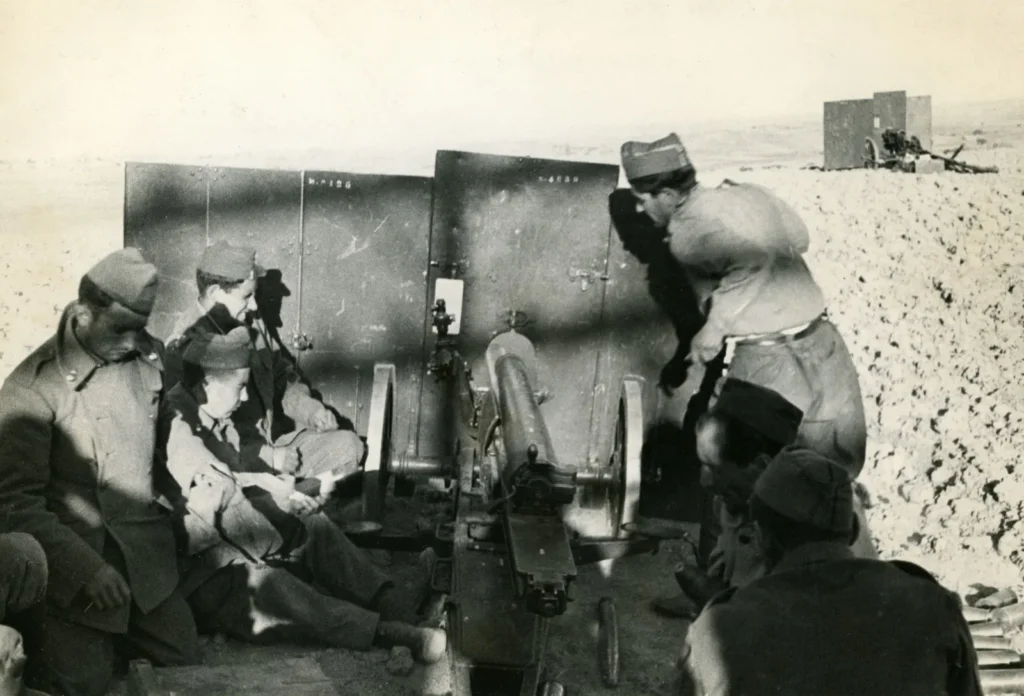
Superpowers increasingly rely on smaller allies to fight their battles, supplying weapons and intelligence instead of direct troops. But proxy wars often spiral when local actors act independently or push limits. That’s how localized disputes evolve into global entanglements.
If one of these proxy fights—such as those in Eastern Europe or the Middle East—spills over borders, it could provoke intervention from larger powers. The result could be the same chain reaction that once ignited both World Wars.
10. The Narrow Path to Avoiding Global Conflict
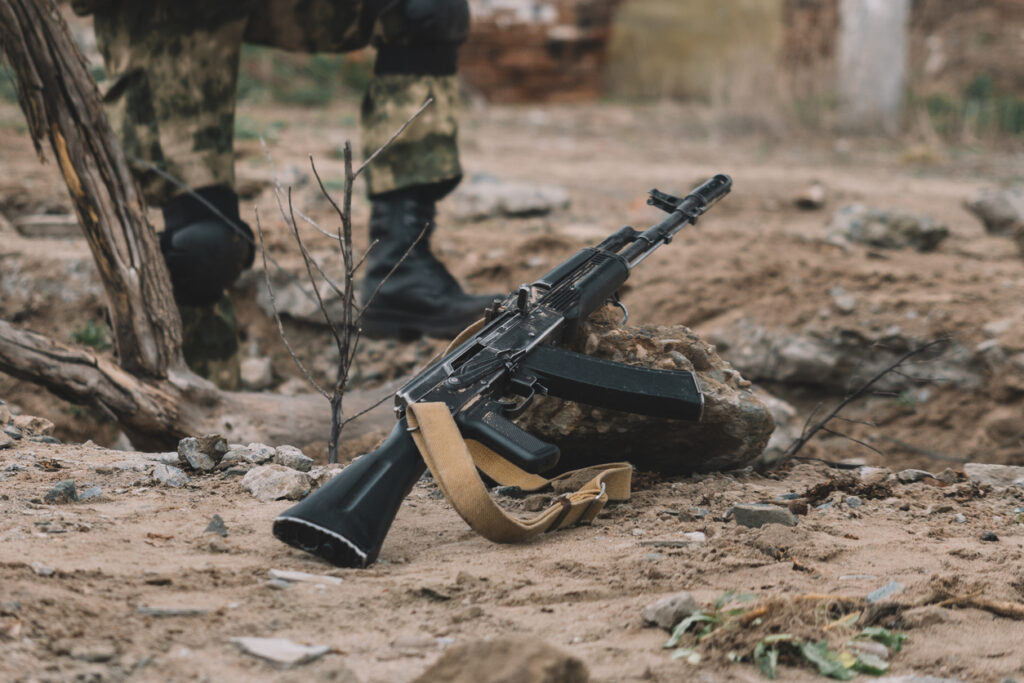
Despite mounting tensions, experts emphasize that diplomacy, arms control, and open communication remain powerful tools for prevention. The existence of hotlines, treaties, and international institutions can slow the march toward escalation—if they’re used effectively.
But many of these safeguards are weakening as mistrust grows between major nations. Without renewed efforts to rebuild dialogue, the chance of avoiding an unintended war becomes slimmer each year. The best defense against catastrophe, many warn, is conversation before confrontation.
11. The Unthinkable Consequences of a Global War
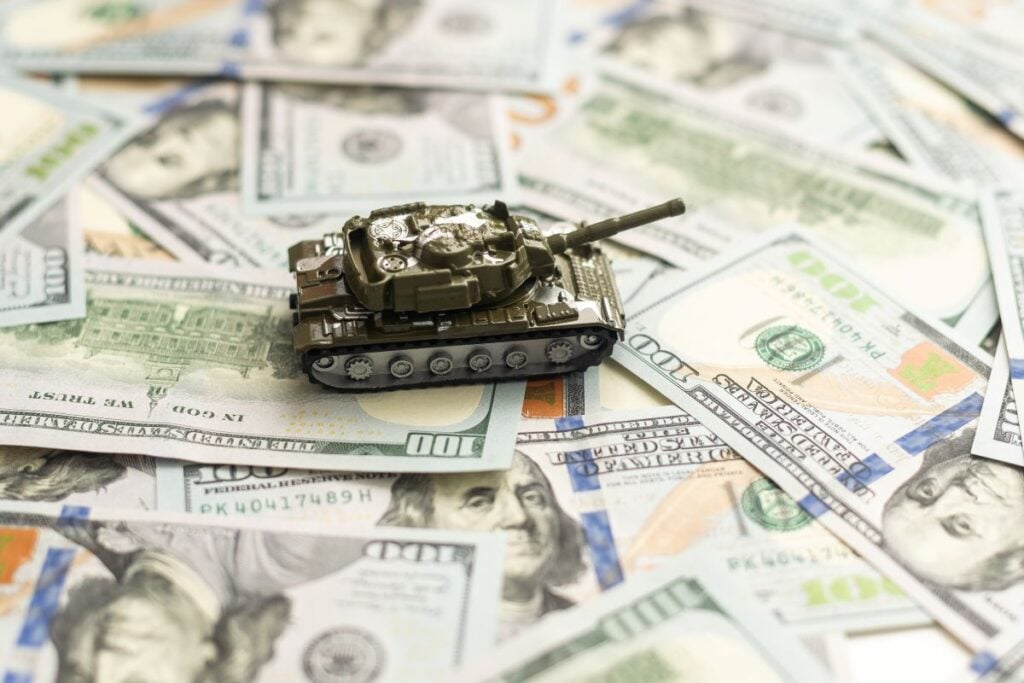
Modern warfare would devastate the planet in ways previous generations could never imagine. Even a limited nuclear exchange could trigger global famine, economic collapse, and long-term radiation effects. No nation would remain untouched by such a catastrophe.
Scientists estimate that soot from urban firestorms could block sunlight and disrupt agriculture worldwide—a scenario known as nuclear winter. It’s a grim reminder that in an interconnected world, no war stays regional for long, and no victory would ever be worth the cost.
